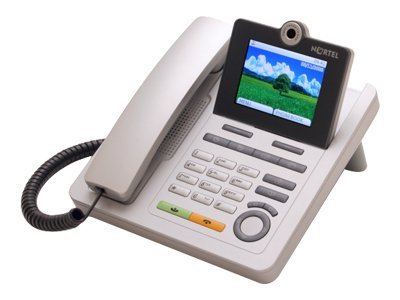Incredible PBX for Asterisk 1.8: Back from the Brink
Today we are pleased to introduce the revolutionary new Incredible PBX for Asterisk 1.8.1 featuring instantaneous (and free) Google Voice calling in the U.S. and Canada via Gtalk. No intermediate provider or callback for outbound calls is required. All of the Nerd Vittles TTS apps now work reliably as well. And you get a version of Asterisk 1.8.1 that already has been patched to provide the Asterisk 1.8.2 feature set. Incredible!



